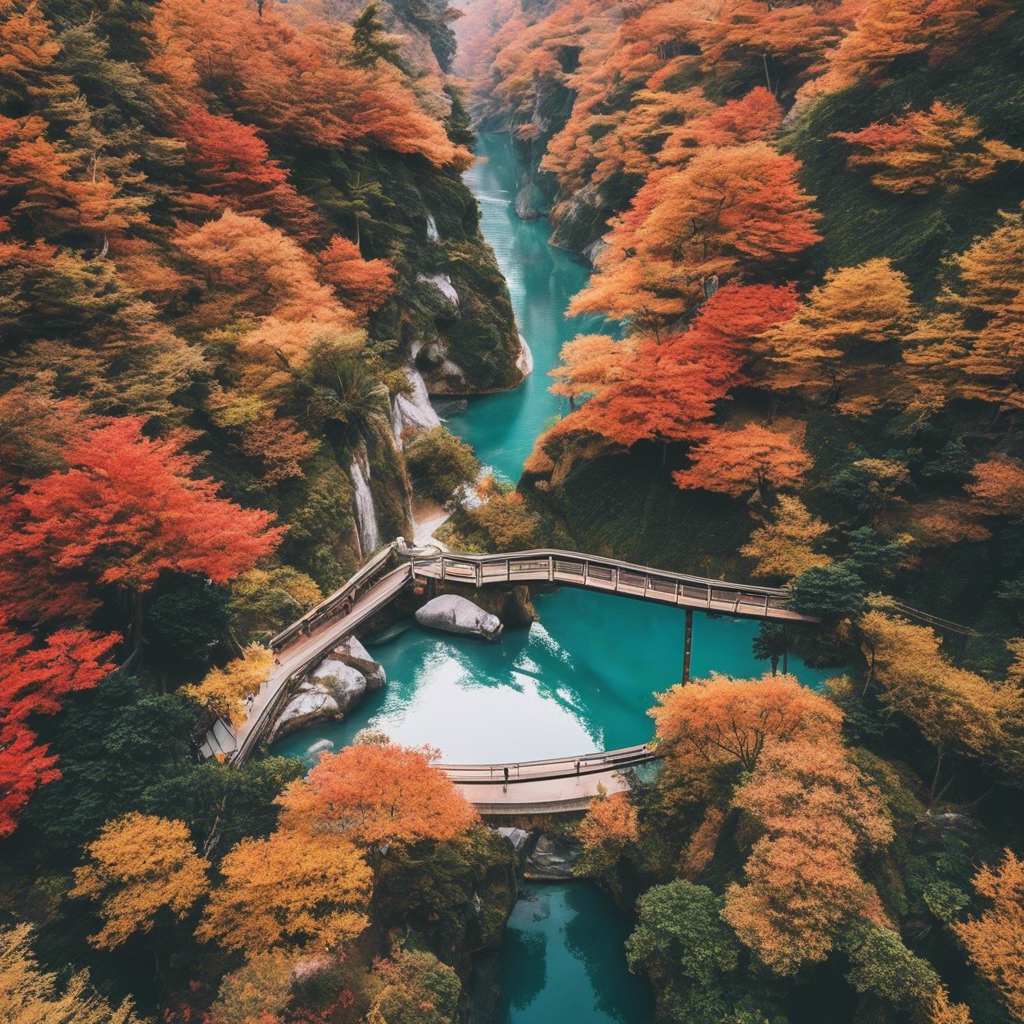Social media has given us an unrealistic view of many popular tourist destinations. Those picture-perfect spots you see on Instagram don’t always match up with reality. Here are some popular places that often disappoint in person.
The colorful hillside houses of Burano, an island in Venice, Italy, are Insta-famous. But once you arrive, you’ll find the houses are quite shabby up close. The colors are faded, and laundry hangs off the balconies. It’s still a charming place, but not quite as idyllic as photographs suggest.
The blue domes and whitewashed walls of Santorini, Greece, seem heavenly online. In person, the island’s beauty is marred by huge crowds, especially at sunset spots. The narrow streets get jammed, and you’ll be sharing the views with hundreds of other selfie-taking tourists.
Cinque Terre, the picturesque coastline on the Italian Riviera, looks enchanting on social media. But the challenging hiking trails are often overrun, and the beaches are rocky and crowded. The five villages are lovely but packed, and accommodation is expensive. It may be better enjoyed in photographs.
The colorful favelas of Rio de Janeiro, Brazil, appear artsy and edgy online. In reality, most favelas are impoverished, with high crime rates and poor sanitation. It’s not advisable for tourists to visit favelas on their own. Guided tours only show a sanitized version that glosses over the challenges residents face.
The rice terraces of Tegalalang, Bali, are stunning in photos, with lush green terraces extending as far as the eye can see. But up close, the terraces are rather unkempt, and you’ll share the views with crowds of tourists. The area has become very commercialized, with many souvenir stalls and cafes catering to visitors.
Uluru, the massive red monolith in Australia’s Outback, seems majestic and serene in images. But in reality, the desert heat can be oppressive, and the flies are relentless. The rock appears more orange than red, and walking around its 9.4-kilometer base in the searing sun can be an endurance test. It’s best enjoyed at sunrise or sunset when temperatures are cooler.
The colorful buildings of Valparaiso, Chile, cling to steep hillsides overlooking the Pacific, but the city has a gritty, rundown feel with its unmaintained buildings and infrastructure. Street art and cafes have sprung up to attract tourists, but poverty and crime are still issues for residents outside the main tourist areas.
The ancient temples of Bagan, Myanmar, feature hundreds of red brick pagodas and stupas in a dramatic desert landscape. But the archaeological site lacks greenery and shade, and the dilapidated pagodas have been haphazardly restored. Souvenir sellers and touts frequently harass visitors. The place is best seen at sunrise when the crowds are fewer.
The Dead Sea, bordering Israel and Jordan, appears pristine and peaceful in photos. But the beaches are often crowded, and the sea smells unpleasant due to high sulfur content. The water is less buoyant than expected, and the salt and minerals can irritate your skin. Facilities are basic, and the shoreline is receding at an alarming rate due to water diversion.
The colorful boats of Chefchaouen, Morocco, nestled in the Rif Mountains, make a dreamy photo backdrop. But the town is overrun with tourists and souvenir shops, especially in the blue-washed Old City. Accommodation prices have skyrocketed, and authentic Moroccan life seems hard to find amid the throngs of visitors posing for selfies.
The ancient temples of Angkor Wat, Cambodia, are spectacular, but mass tourism has taken a toll. Many parts are under scaffolding, and large tour groups clog the temples, especially at sunrise and sunset. The extreme heat and humidity, dense rainforests, and pushy vendors also detract from the experience of exploring the world’s largest religious monument.
The idyllic island beaches of the Bahamas, with their turquoise waters and white sand, appear heavenly on social media. But many beaches are crowded, overdeveloped, and expensive. Hurricanes frequently damage infrastructure, and sargassum seaweed often washes up on shores, emitting an unpleasant smell as it rots under the sun. Parts of the Bahamas have a rough, unsafe feel not portrayed in travel photos.
